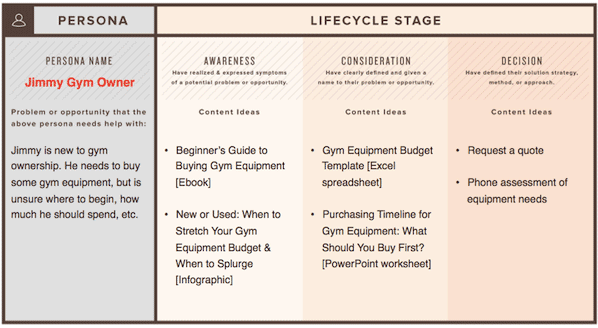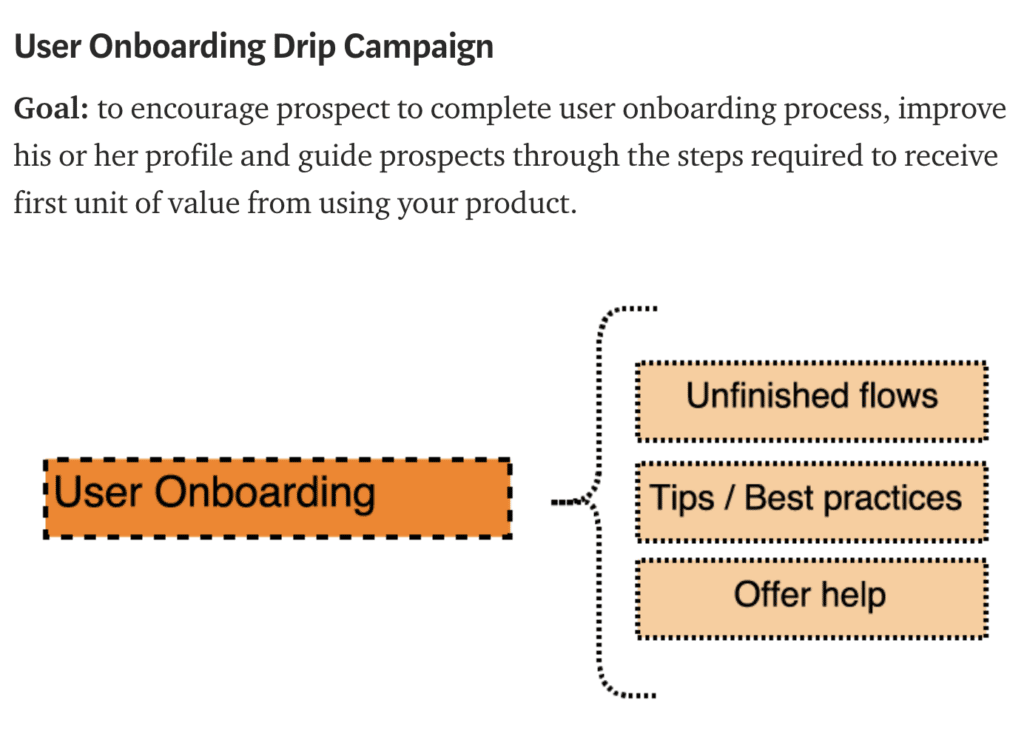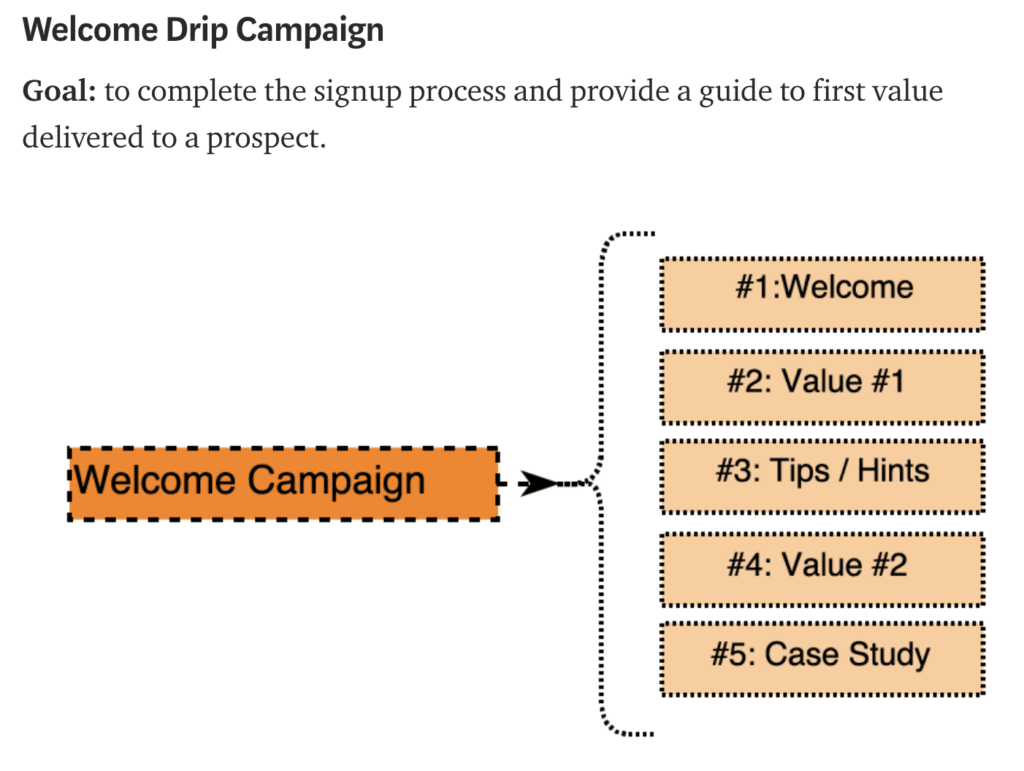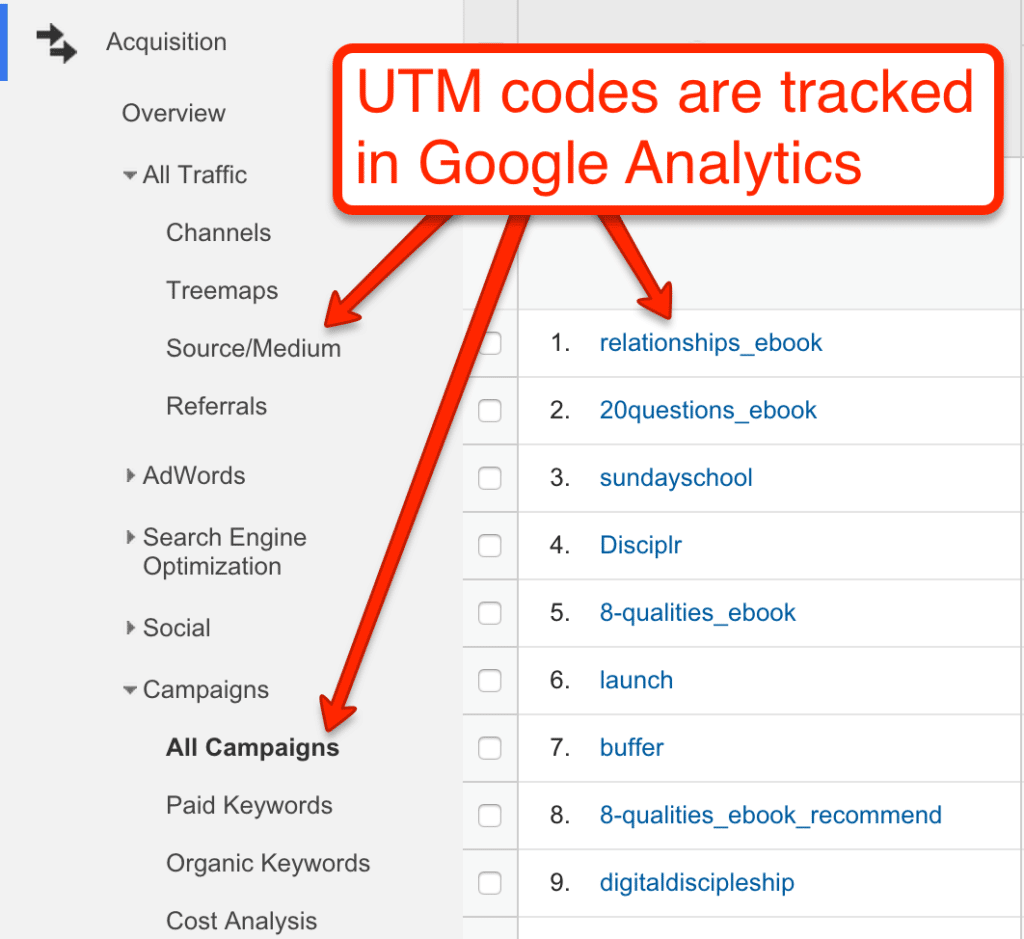Getting your brand in front of your target audience is top of mind for business owners and marketers alike. In order for people to even consider your products/services over competitors, they have to know you exist.
So what’s the best way to make this happen?
Short answer: digital advertising.
That being said, there is a lot to think about when it comes to setting up a digital advertising plan that is going to yield strong results and a positive ROI. Before you start to spend any marketing dollars you need to figure out the following:
- What is your positioning?
- What type of messaging are you going to test?
- Who is your target audience?
- Which ad platforms will you advertise on?
- What’s your budget?
- What are your projected results?
In today’s blog post, I’ll walk you through the steps of building out your digital advertising plan to help make sure you are set up for success from the start.
Let’s get to it…
Know What You Want to Achieve
A major part of experiencing success with your digital advertising campaigns is to set clear and realistic goals up front. These goals should be aligned with the business and also have specific KPIs that will provide you insight to whether or not your ad strategy is working.
More importantly, making sure that your digital advertising plan meets the needs of your target audience is key to success. Therefore, having your personas laid out, their lifecycle stages, and ultimately, what you’re going to do to earn their business will help you align your overall digital advertising strategy.
You can start with something simple like this:

From there, dive in deeper to figure out how you’re going to nurture your target audience as they become subscribers and actual prospects. Here’s an example for using email automation and workflows to nurture subscribers:

Here’s an example for nurturing a prospect:

With all of this in mind, it’s also important to consider the following:
- Instill processes that will help you collect data to understand which advertising channel is driving the best results for the lowest cost
- Processes to implement would include lead scoring, segmentation, and content personalization
- Implement A/B testing and even multivariate testing to figure out which messaging works best for driving the best results
Make Sure Tracking Is In Place
From a best practices perspective, making sure that you can easily track the activity from an advertising click to a landing page conversion should be top of mind. Additionally, ensuring that you have attribution in place as well will help.
That being said, also having UTM codes in place will help you track the performance of your campaigns. Here’s an example:
UTM codes help you with the following:
- Knowing where your traffic is coming from
- Knowing which campaign is driving the best leads
- Knowing which messaging is driving the best engagement
- Helping you infer the ‘why’ behind actions being taken
Be consistent with how you implement UTM codes and that you have a strategic way you go about identifying the channels and campaigns. This will save you a lot of time as you figure out reporting down the road. In fact, you can easily view your UTM codes within Google Analytics:

Adopt Growth Hacking
Figuring out a way to make quick tweaks, A/B tests, and even multivariate tests will allow you to make better decisions on your advertising campaigns. Before you execute, come up with a straightforward roadmap that outlines the elements you want to test.

Implementing a growth hacking approach to your digital ads will help you with the following:
- Pivot where you’re seeing better traction
- Testing as much as you can so you can see what’s working
- Quickly collect data in a short amount of time
- Lower cost
Choose Your Advertising Channels
In a previous post, I highlighted the different digital advertising channels you can consider as you lay out your plan:
Google Ads
This is one of the big ones. Along with Facebook ads, Google Ads is the most dominant digital advertising platform on the Internet today. The statistics are stunning: Google owns the world’s largest online display advertising network. According to a study from January to March 2019, Google properties take up a whopping 94.15 percent of search engine market share.
Along with this, search engine users find value in pay-per-click ads. According to a recent study, 75 percent of respondents said that paid search advertisements make it easier to find information that they are seeking on a website or search engine. Because of this, Google Ads can be an extremely compelling way to reach targeted leads and convert them into customers.
Ultimately, there are several benefits to using Google Ads. It is easy to get started and Google Ads offers an intuitive user interface. There are plenty of destinations for your ads, whether it is on the original Google search engine, Google Maps, or Google Images. There is no minimum budget for your campaigns and you can quickly iterate and improve your current campaigns.
Facebook Ads
Even though Facebook is still a teenager, it has already transformed the digital ad landscape. Along with 2.41 billion active users and being the third-most visited website on the Internet, an average Facebook user clicks on 11 ads per month. And according to one survey, 26 percent of Facebook users who clicked on ads reported making purchases.
Facebook is clearly a juggernaut and the clear leader in social media ads. One of the biggest advantages of Facebook is that you are able to access a huge global audience for your product. Even though Facebook has received a significant amount of criticism for its data collection policies, Facebook’s targeting capabilities are second to none. Lookalike audiences, for instance, let you easily find Facebook users who are more likely to be interested in your product or service. Facebook also lets you run campaigns for as little as one dollar per day.
Instagram Ads
Instagram has become the shining star within the Facebook suite of digital properties. One of the many reasons is its stellar engagement. Over one billion people use Instagram every month and 500 million people use Instagram stories every day. This year, the average Instagram user will spend 28 minutes per day on the platform. Instagram is also great for advertisers, as one-third of the most-viewed Instagram Stories are from businesses.
Like Facebook, one key advantage of Instagram ads is that you can leverage precise targeting. Because Instagram works hand-in-hand with the Facebook ads platform, you are able to get your ad and message in front of users who are more likely to become customers. Instagram ads also let you use unique ad formatting, whether you want to post your video ad in a user’s feed or take advantage of ads on Instagram Stories. A wealth of analytics—including detail on what your demographics prefer—is also extremely valuable.
LinkedIn Ads
LinkedIn is obviously known as the straightlaced, professional network. In the past few years, it has experienced stellar growth around the world.
Many LinkedIn users are college-educated, and therefore, wealthier than users on other social media platforms. Increasingly, more articles and videos are being posted on LinkedIn, making it a platform that users visit even if they aren’t looking for a new job.
LinkedIn ads can be perfect for you if you are looking for a well-educated audience with discretionary income. There are plenty of targeting options on the platform, allowing you to connect with LinkedIn users who are most likely to become customers. Also, because of the nature of the platform, you are unlikely to be subject to the negativity and criticism that is found on other social networks.
Twitter Ads
Even though it may not be the biggest social media platform, Twitter takes up much of our daily conversation. It has around 145 million monetizable daily active users who discuss everything from politics and business to the latest meme. While the user base isn’t expected to grow at the stellar growth rate as experienced in the past, hundreds of millions of Twitter users visit the platform and engage with each other.
Twitter ads can be a great opportunity because of the massive size of your potential audience and its ease of use. Compared to Facebook, Twitter lets you target particular keywords, phrases, and hashtags, giving you extensive control over your campaigns. You can also take advantage of vast retargeting opportunities and the fact that you only pay for completing an objective.
Final Thoughts
Digital advertising is a great way to put your brand in front of the right audience and as you formulate your plan, make sure that you make data a priority along with being present where your target audience is too. Having both will help steer you in the right direction and enable you to spend more dollars where you’re seeing a positive return.
Finally, make sure that you align your digital advertising plan with sales so that as you attract the right audience, you’re also providing a lot of value by driving quality leads down your funnel for sales opportunities.






One Response